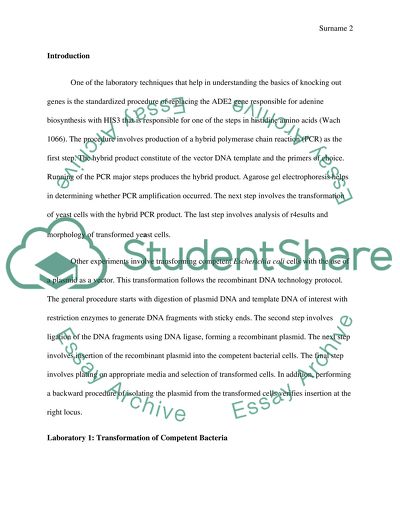Cite this document
(“Construction & Diagnostic of Recombinant DNA Plasmid Research Paper”, n.d.)
Retrieved from https://studentshare.org/biology/1396279-construction-diagnostic-of-recombinant-dnaplasmid
Retrieved from https://studentshare.org/biology/1396279-construction-diagnostic-of-recombinant-dnaplasmid
(Construction & Diagnostic of Recombinant DNA Plasmid Research Paper)
https://studentshare.org/biology/1396279-construction-diagnostic-of-recombinant-dnaplasmid.
https://studentshare.org/biology/1396279-construction-diagnostic-of-recombinant-dnaplasmid.
“Construction & Diagnostic of Recombinant DNA Plasmid Research Paper”, n.d. https://studentshare.org/biology/1396279-construction-diagnostic-of-recombinant-dnaplasmid.


